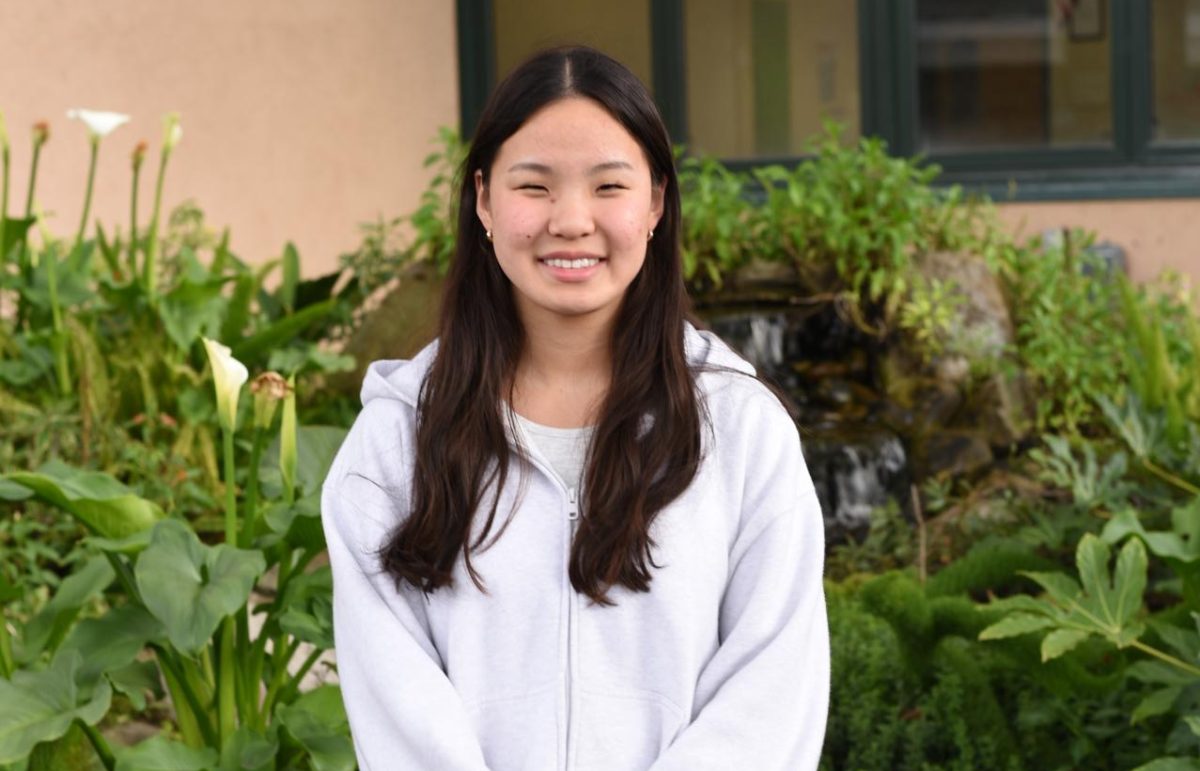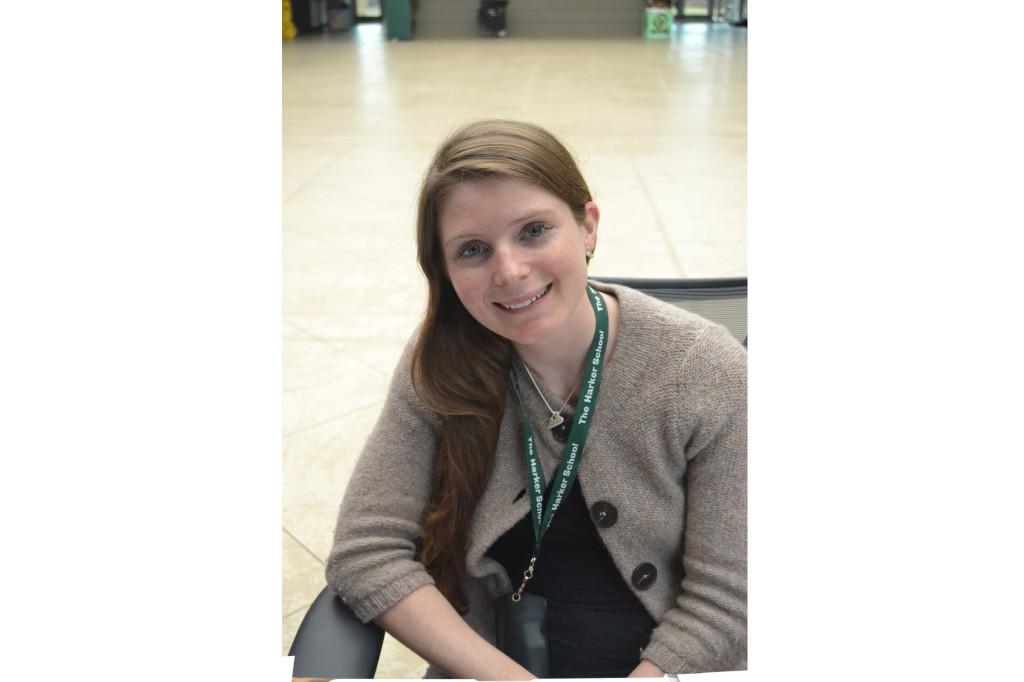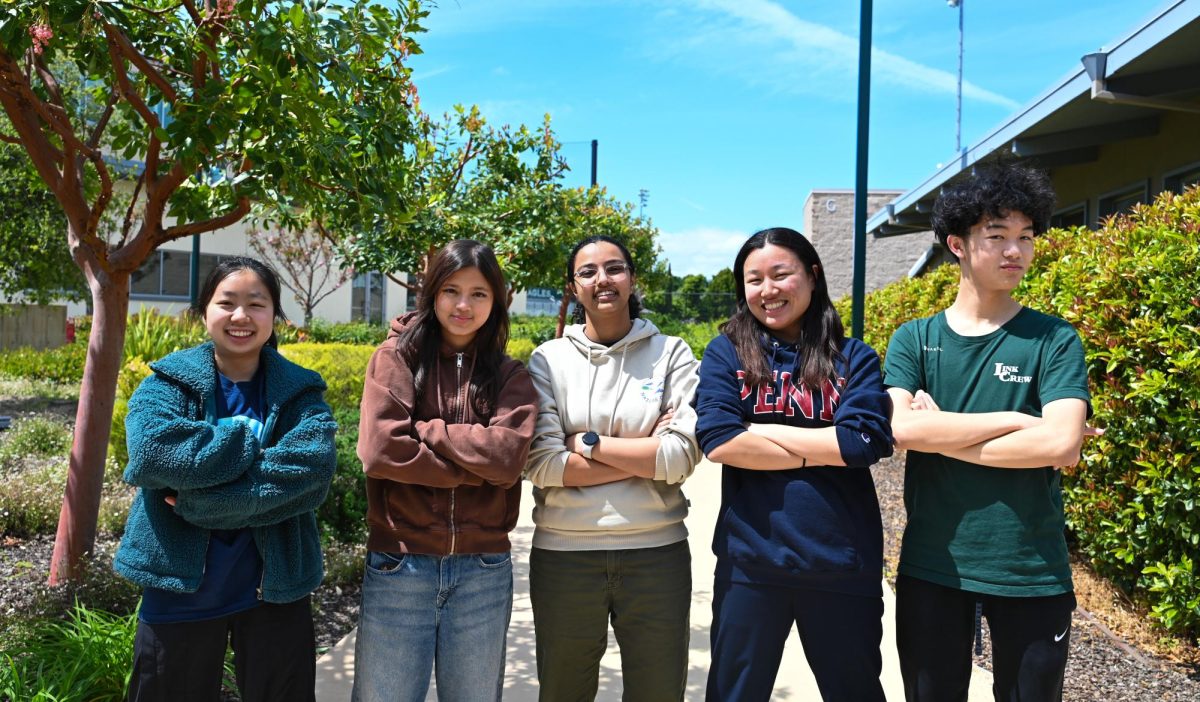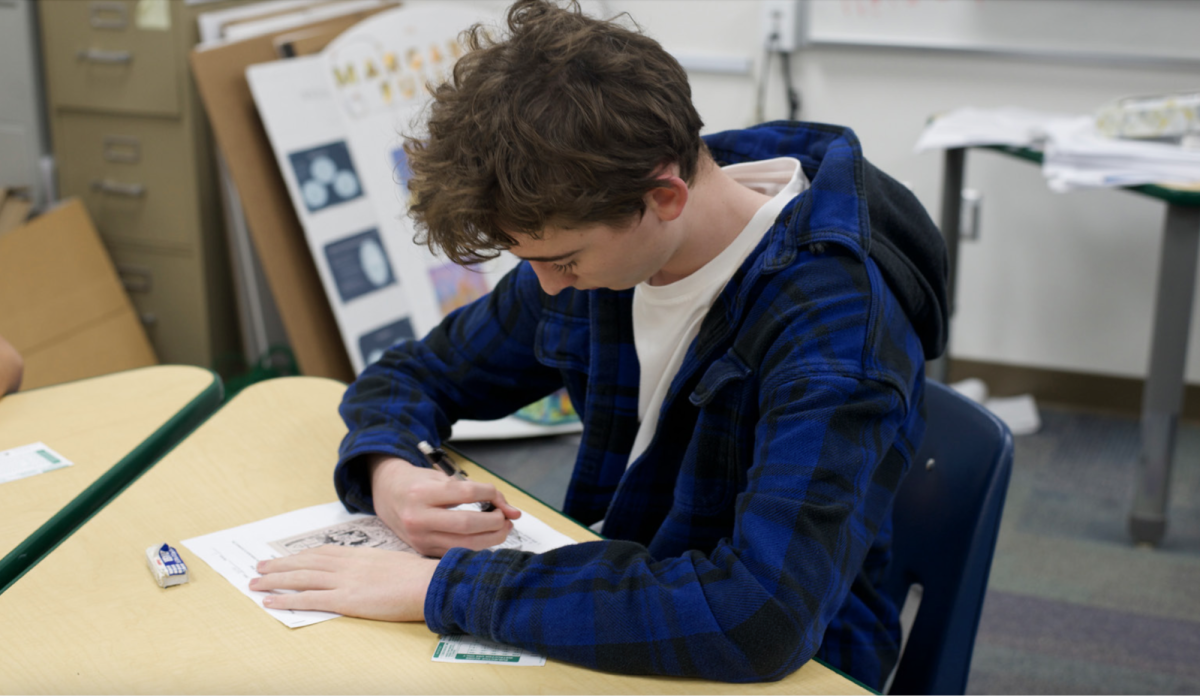The team of the Harker Influenza Project (HIP) is analyzing final data following two mote-wearing days, three surveys, and hours of research put into finding the causes of influenza transmission in schools such as ours.
Assisted by researchers from Penn State University, Dr. Marcel Salathé and Dr. Vicki Barclay, participating students were divided into four separate teams, each with a different purpose, some of which included data analysis, swab analysis, and creation of an iPhone app. All of these teams will share their research in the near future to provide a comprehensive overview of the results.
Large populations such as high schools are extremely representative of the way that influenza spreads, according to Salathé.
“The main goals were to study the interaction patterns relevant for influenza spread among people at a high school. Contact networks of people are like a road system on which viruses like influenza can travel,” said Salathé in an e-mail interview with the Winged Post. “At the same time, these contact networks are a bit more complicated than road systems.”
Students wore motes to track the spread of the flu. One group was tasked with developing an iPhone app to replace the motes.
“We’re making an iPhone app that would replace the motes. We’re almost done; all that needs to be done are a few UI changes,” Rishabh Jain (9) said.
However, the researchers did not get all of the data they wanted. Barclay, a postdoctoral researcher at Penn State University, notes their overdependence on the mote data.
“Our goal was to collect the mote data and compare it with the flu data; however, there was a very mild flu season that precluded our data analysis,” Barclay said in a phone interview with the Winged Post8.
Nevertheless, others were impressed with the project. Elizabeth Teng (10), was very interested to discover the results.
“I believe that this project was worth the effort because it’s their method of finding out how diseases spread. The best part? Being part of an effective project. I can’t wait to find out what they observed,”she said.
In addition, Salathé sees a great opportunity for future studies.
“There are also other settings (apart from a high school) that would be very interesting to look at,” he said. “This is really important research because we still understand so little about how these disease spread, and any information that will help us to reduce the spread, particularly in schools, will mean less illness and fewer complications from infections.”
The researchers hope that this data will help prevent the spread of influenza in the real world and can preclude epidemics such as the swine flu.































![Setter Emma Lee (9) sets the ball to the middle during the match against Pinewood on Sept. 12. “[I’m looking forward to] getting more skilled, learning more about my position and also becoming better friends with all of my teammates, Emma said.](https://harkeraquila.com/wp-content/uploads/2023/09/DSC_4917-2-1200x795.jpg)















































































![“[Building nerf blasters] became this outlet of creativity for me that hasnt been matched by anything else. The process [of] making a build complete to your desire is such a painstakingly difficult process, but Ive had to learn from [the skills needed from] soldering to proper painting. Theres so many different options for everything, if you think about it, it exists. The best part is [that] if it doesnt exist, you can build it yourself, Ishaan Parate said.](https://harkeraquila.com/wp-content/uploads/2022/08/DSC_8149-900x604.jpg)


![“Animation just clicked in a way. I had been interested in art, but that felt different. [Animation] felt like it had something behind it, whereas previous things felt surface level. I wasnt making that crazy of things, but just the process of doing it was much more enjoyable, Carter Chadwick (22) said.](https://harkeraquila.com/wp-content/uploads/2022/08/Screen-Shot-2022-08-16-at-9.44.08-AM-900x598.png)


![“When I came into high school, I was ready to be a follower. But DECA was a game changer for me. It helped me overcome my fear of public speaking, and its played such a major role in who Ive become today. To be able to successfully lead a chapter of 150 students, an officer team and be one of the upperclassmen I once really admired is something Im [really] proud of,” Anvitha Tummala (21) said.](https://harkeraquila.com/wp-content/uploads/2021/07/Screen-Shot-2021-07-25-at-9.50.05-AM-900x594.png)



![“[Volleyball has] taught me how to fall correctly, and another thing it taught is that you don’t have to be the best at something to be good at it. If you just hit the ball in a smart way, then it still scores points and you’re good at it. You could be a background player and still make a much bigger impact on the team than you would think,” Anya Gert (’20) said.](https://harkeraquila.com/wp-content/uploads/2020/06/AnnaGert_JinTuan_HoHPhotoEdited-600x900.jpeg)

![“Im not nearly there yet, but [my confidence has] definitely been getting better since I was pretty shy and timid coming into Harker my freshman year. I know that theres a lot of people that are really confident in what they do, and I really admire them. Everyones so driven and that has really pushed me to kind of try to find my own place in high school and be more confident,” Alyssa Huang (’20) said.](https://harkeraquila.com/wp-content/uploads/2020/06/AlyssaHuang_EmilyChen_HoHPhoto-900x749.jpeg)













![“My slogan is ‘slow feet, don’t eat, and I’m hungry.’ You need to run fast to get where you are–you arent going to get those championships if you arent fast,” Angel Cervantes (12) said. “I want to do well in school on my tests and in track and win championships for my team. I live by that, [and] I can do that anywhere: in the classroom or on the field.”](https://harkeraquila.com/wp-content/uploads/2018/06/DSC5146-900x601.jpg)

![“I think getting up in the morning and having a sense of purpose [is exciting]. I think without a certain amount of drive, life is kind of obsolete and mundane, and I think having that every single day is what makes each day unique and kind of makes life exciting,” Neymika Jain (12) said.](https://harkeraquila.com/wp-content/uploads/2017/06/Screen-Shot-2017-06-03-at-4.54.16-PM.png)





















